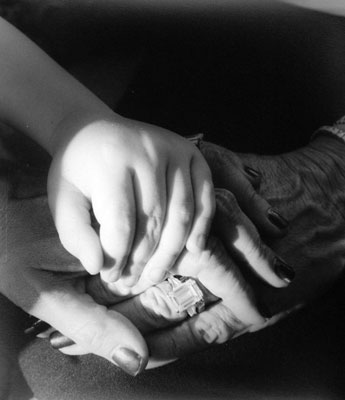All Nonfiction
- Bullying
- Books
- Academic
- Author Interviews
- Celebrity interviews
- College Articles
- College Essays
- Educator of the Year
- Heroes
- Interviews
- Memoir
- Personal Experience
- Sports
- Travel & Culture
All Opinions
- Bullying
- Current Events / Politics
- Discrimination
- Drugs / Alcohol / Smoking
- Entertainment / Celebrities
- Environment
- Love / Relationships
- Movies / Music / TV
- Pop Culture / Trends
- School / College
- Social Issues / Civics
- Spirituality / Religion
- Sports / Hobbies
All Hot Topics
- Bullying
- Community Service
- Environment
- Health
- Letters to the Editor
- Pride & Prejudice
- What Matters
- Back
Summer Guide
- Program Links
- Program Reviews
- Back
College Guide
- College Links
- College Reviews
- College Essays
- College Articles
- Back
Distilling the Myths On Teen Pregnancy
In 1992, California's teen pregnancy rate was the highest in the nation, with 157 teens pregnant in every 1,000 women in the 15-19 age bracket. By 2005, this number had been cut in half to 75 women in every 1,000, the record low rate for California. This drastic drop in the number of pregnant teens can be attributed to the state's increase in sex education and awareness at school.
Teen pregnancy is a concept that is not kept in the dark. In fact, it has even become a use of entertainment by some television shows. The hit reality show, Glee, involved one main character, Quinn, who became pregnant from another member of their singing group at school. Her suffering was apparent as she was kicked out of the house, and dumped by her boyfriend who was not the father. However, she managed to overcome her challenge, and use it as a motivation to become a better person and gain a more positive outlook on life. In an interview with Dianna Agron, the actress playing Quinn, she says, "Quinn’s all about moving past the drama in a healthy and strong way and being present in high school with these new found friends." Another show, 16 and Pregnant, shows American girls that have become pregnant and how they deal with their situations. The media actively uses teen pregnancy as a way to inform and entertain.
The country is also taking up the responsibility of informing teenagers about pregnancy and how to avoid it in their younger years. The Teen Pregnancy Prevention Program is a national program designed to "reduce teenage and unintended pregnancy and absentee fatherhood, promote responsible parenting and assist adolescents in accessing clinical services," according to the California Department of Public Health. Clearly this program has worked, because California has dropped the teen pregnancy rate by 52%, a decrease high above the national average of 37%.
The new and enforced education on pregnancy has also focused on teaching teenagers about the use and importance of contraceptives. According to a study at the Guttmacher Institute, a sexually active teen who does not use contraceptives has a 90% chance of becoming pregnant within one year. To avoid this, students are receiving more information about birth control methods, like condoms, the most commonly used contraceptive by teens. Condoms are also useful for the prevention of AIDS. Hopefully, the more widespread knowledge of birth control methods will encourage teenagers to be safe and use protection.
Although the idea of teen pregnancy is a highly offensive and unacceptable concept to some, it is a reality in this country. Every year, almost 750,000 women aged 15-19 become pregnant, according to the Guttmacher study. Even though the rate is dropping, it will continue to remain a national issue that costs states billions of dollars annually to deal with. Ignorance of teen pregnancy is not an option, as it is a problem that needs nationwide support to solve. Other states should look to California, with its record low rate of pregnant teenagers, as inspiration to get their own numbers down.

Similar Articles
JOIN THE DISCUSSION
This article has 0 comments.
